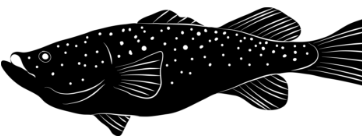Explore the other unique habitats and ecosystems native to Wangaratta.
EXPLORE
THE PLAINS

Experience The Plains
Engage with this story on the Water Tower between Sunset and 23h. You’ll have 5 minutes to walk around the tower and experience this ecosystem come to life.
INTERACT

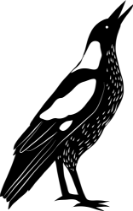
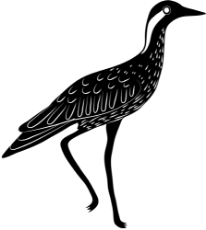

Borrowing the burrow of a rabbit, an Echidna gently paws the earth looking for ants and termites and bristles it’s spines as you pass burrowing further into the earth until you pass. Blue Wrens and Grey Crowned Babblers flit between shrubs and smaller trees, while magpies confidently strut along the path with you. Particularly if you’re out on a moonlit night, you may see a Bush Stone Curlew pair feeding together on a varied diet of frogs, spiders, insects, mollusks, snakes and lizards. Up above, Crimson Rosellas and Sulphur Crested Cockatoo’s squawk loudly in groups. Out in the open grassland you’ll see the Eastern grey kangaroo, grazing on a wide variety of grasses.
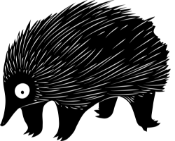


Further onto the plains you’ll find the Silver Wattles dancing in the wind, and in between it’s branches, Gliders and Ringtail Possums fussing over the all important food source that the Silver Wattle provides. Still further in, the great Narrow Leaved Ironbarks provide a home for all, including the Koala, a tribal totem of the Bpangerang people. While most of the Koalas diet consists of eucalypt leaves, they can be found in trees of other genera, such as Acacia, Allocasuarina, Callitris, Leptospermum, and Melaleuca. They typically eat and sleep in the same tree, for as long as a day! As you consider this, a Swamp Wallaby might surprise you as it makes a swift escape hopping to higher ground between rocks and thickets.

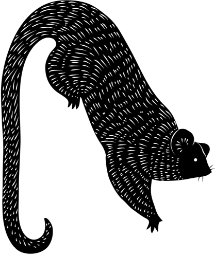

Welcome traveller, to the plains of Wangaratta and its surrounds, mighty hot during the summer months and lush during the cold. As you walk between Purple Diuris and Fringe Myrtle, you may prick your knees on the endangered Grey Grass Tree as it glides in the breeze. Above you the indigenous species, the Gold Dust Wattle Acacia is providing a haven for wildlife, its nectar and pollen attracting native beetles, moths and butterflies, while below, it improves the soil around it by ‘fixing’ nitrogen. Birds attracted to the insects follow suit, who eat the seeds and the Acacia quietly smiles as they spread its seeds far and wide across the plain.

‘Life is the binding and the connecting way - if you’re alive, you connect to everything else that’s alive.’
BOB RANDALL
BOB RANDALL
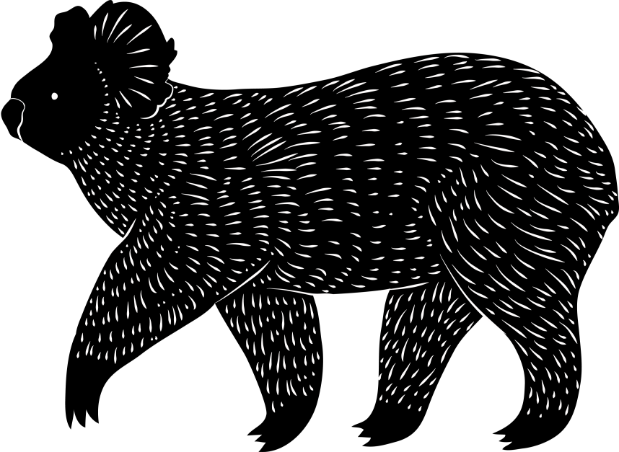
THE PLAINS

